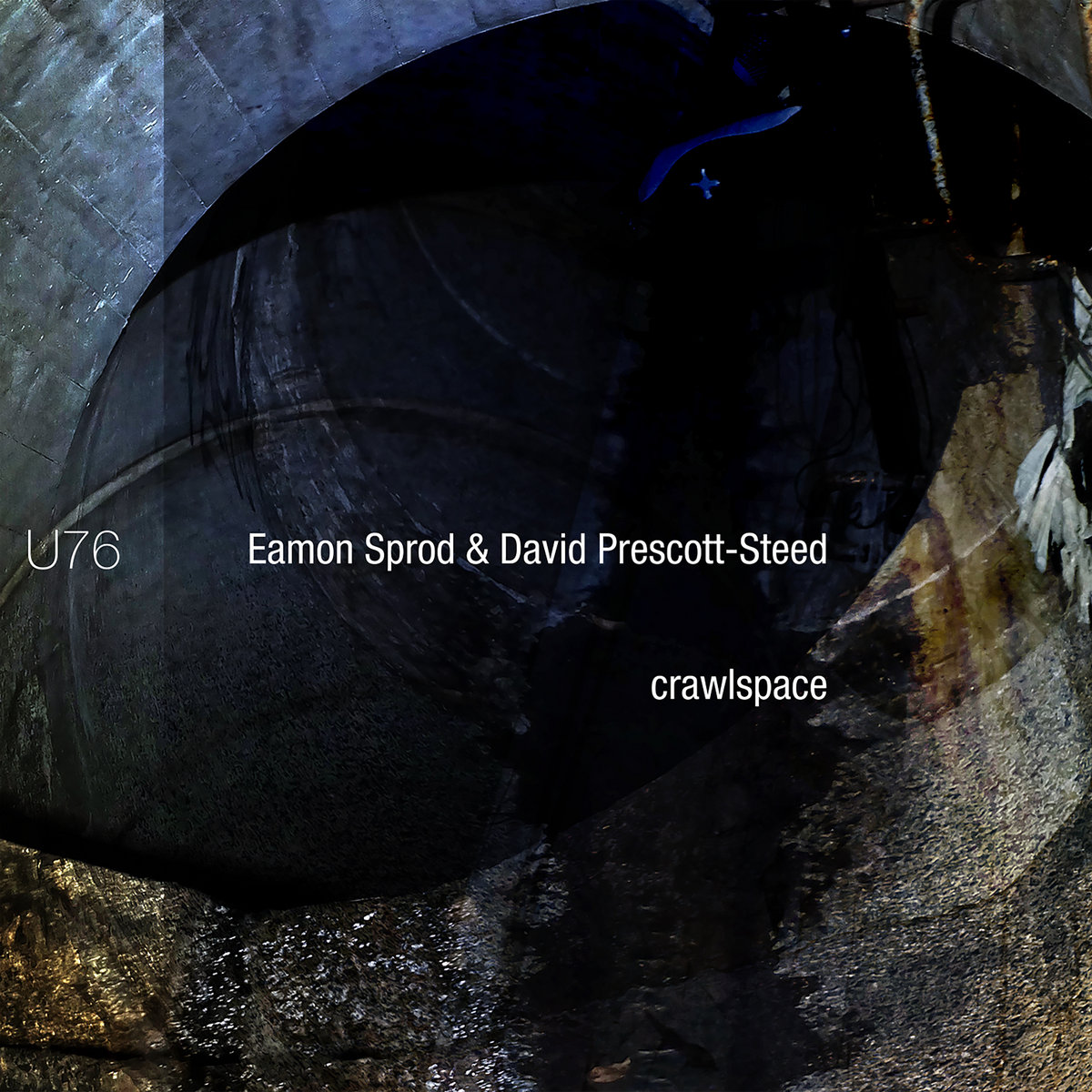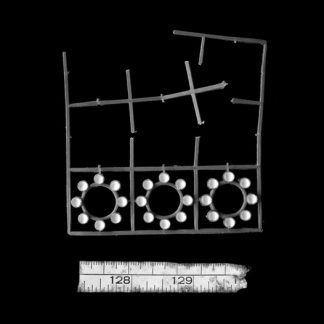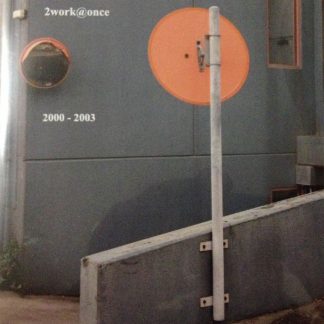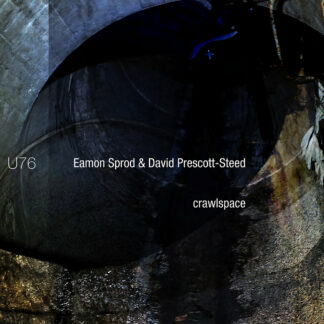Description
Making a work such as this poses a seemingly simple question: how is it possible to describe a space through the sounds we collect or borrow from it? In the case of the storm water drain known as Bell Stairs, the running water, traffic noise, and other sounds we found within, only convey the smallest amount of what it is like to navigate this long, narrow, concrete tunnel. Despite our reliance upon the language of the hunter, it is highly unlikely that a recording can capture a space: even less so the experience of being within one.
A space is more than the physicality of a built structure; a space is generated through our interactions with and within a form, coloured by the traces of past activity. So, perhaps better questions are: what is the space that we shape through our presence within a location? How can recorded sounds share an approximation or description of that enacted space?
Urban infrastructure such as Bell Stairs are so well embedded into the city, that to occupy them means to become almost completely isolated from it. Greatly affecting what and how we hear. On nights when the water and traffic were low, in specific sections there was little to no urban sound bleeding in. However, in such situations, it is almost impossible to remain silent; even the slightest movement can produce sounds which are reflected and amplified by surface and form, which we gathered up with our microphones. We experienced a heightened awareness of the movement of our clothes, of our breathing, and of other bodily sounds. Often, these incidental sounds revealed more about the sonic characteristics of the space than did the sounds we made on purpose. This encouraged us to not introduce sounds so that we might hear them, per se, but rather to listen with ear and microphone to the responses they might draw from the space.
In this way Crawlspace developed as a dialogue between ourselves, as well as between us and Bell Stairs. The physicality of the space shaped our movements within it; how we moved through the space impacted upon what was heard and how we listened. This informed what additional sounds we introduced and how we introduced them, which in turn shaped our movements … and so on.
Crawlspace has been arranged to reflect some of these spatial conversations, comprising clusters of activity interspersed by the sound of the distant water, the traffic above our heads or a single drip drawing us on further down the tunnel. You can hear our movement through the darkness, and the sounds of our somewhat futile attempts to coax Bell Stairs to answer back.
(Eamon Sprod, September 2022)
Glass mastered CD – two packaging options available. Standard CD comes in clear vinyl sleeve with folded insert and additional art card on 350gr satin paper. Limited edition of 165 hand-numbered copies. Special edition CD is housed in black mass–tinted cardboard digisleeve with frame, holdinga set of 2 double-sided art cards with a different artwork from the regular edition on 350gr satin paper + a set of 3 square photos on matt Fujicolor Crystal Archive Paper Supreme. Limited edition of 35 copies.




